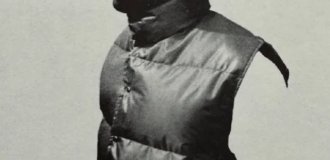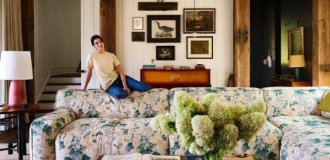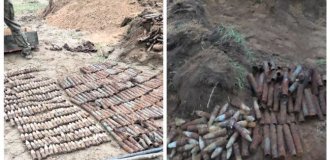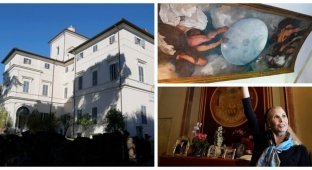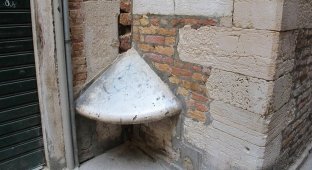The British built the first home bath 1500 years ago (9 photos + 1 video)
Roman villa in Rutland where 1500 year old mosaic was found belonged to wealthy owners who carried out the first Great Britain rebuilding the barn, making it a real private bath with a steam room and a pool with cold water. Investigators reported this explorers villa. 
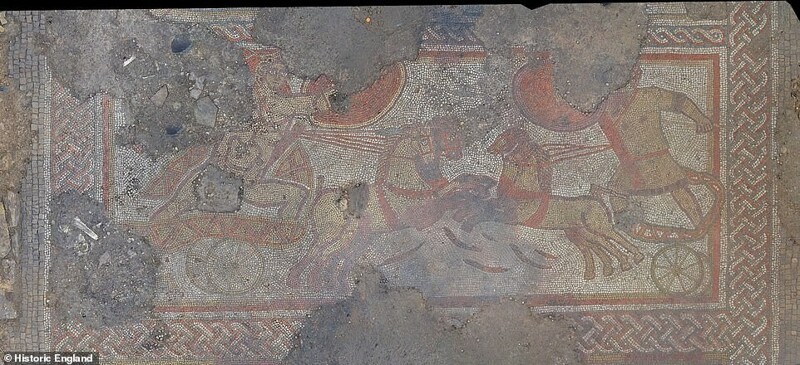
New finds have shown that the inhabitants of the Roman villa complex, found in Rutland, East Midlands, had access to this home bathroom, which included a steam room and a plunge pool.Experts announced that the objects were discovered at a location believed to be was one of the first barns converted into a private bath in Great Britain. 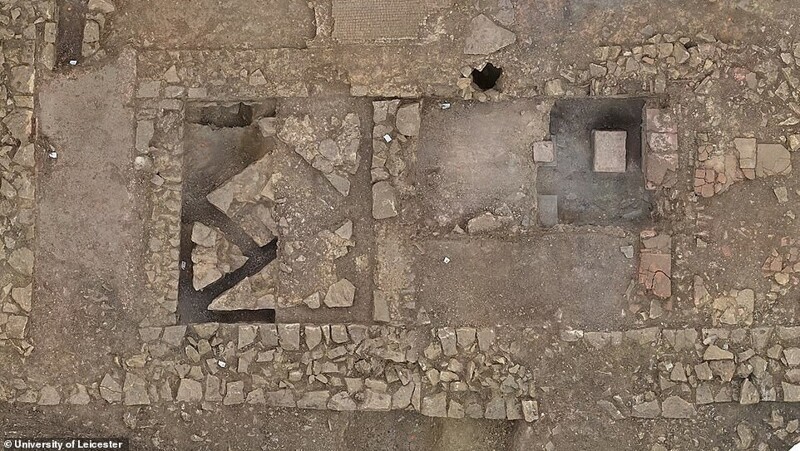
New finds were made by archaeologists from the University Lester at the same place where a passer-by in 2020 found a mosaic a 1500-year-old depiction of a scene from Homer's Iliad. 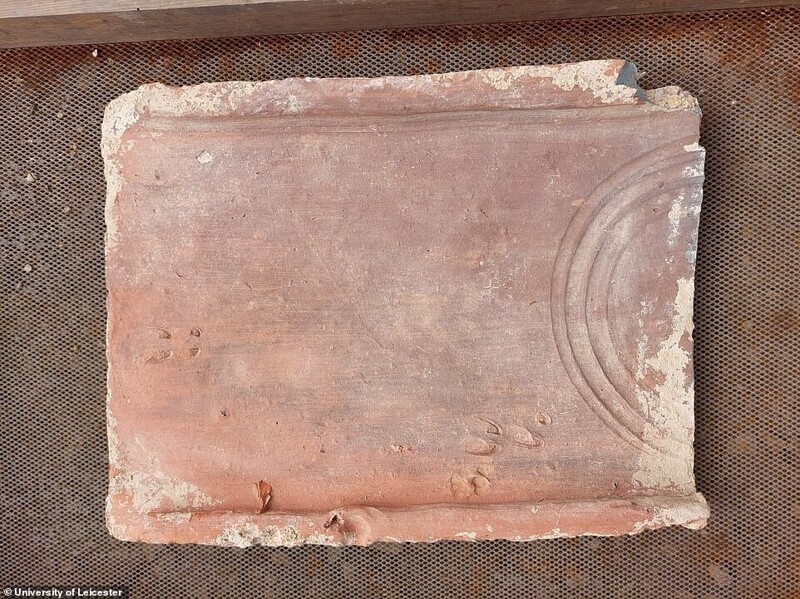
Experts studied a complex of buildings that dates back to the 3rd-4th centuries AD, all the last months - after the found mosaic reported to the media in November last year. The converted barn may have been two-story and boasted sophisticated underfloor heating, although the most its outstanding features were a steam room and a font with cold water. AT the complex also had a tepidarium, or "medium temperature room", where the rich residents of the villa scraped off dead skin with a metal an instrument known as a strigil. 
The mosaic was originally discovered by the son of local landowner Brian Naylora while walking around the neighborhood during the lockdown due to coronavirus in 2020. Due to the pandemic, experts were able to explore this place just last year. converted barn, they report, it is similar in size to a small church. Initially he was made of wood, but was rebuilt using stone in III-IV century f [AD. Experts reported that it was used for a long period of time and has undergone a number of changes. In addition to the bath experts discovered a water tank that could have been used to collection of water from the roof of the building. The bath consisted of a caldarium (sauna), tepidarium and frigidarium (cold room), where the pool was located. The heating system may even have been able to support various desired temperature. Experts can't tell if the owners were natives Rutland or foreigners. However, they undoubtedly led the way of life, which allowed them to culturally associate themselves with the Roman Empire. 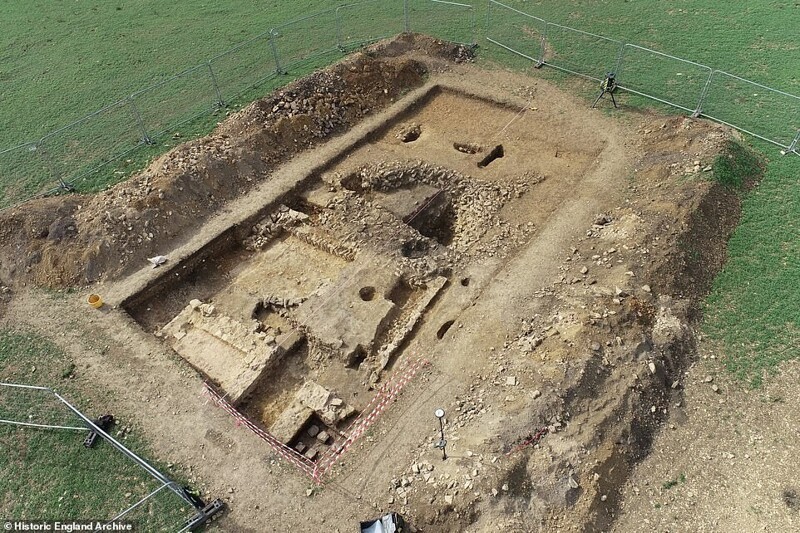
The remains of a mosaic measuring approximately 8x10 meters are the first in Great Britain and one of the few in the world that depicts the story from the poem of the ancient Greek poet Homer about the hero Achilles and his battle with Hector at the end of the Trojan War. Mosaic once made up the floor rooms in a large Roman villa. Experts concluded that the mosaic was laid out in the dining room, which the Romans called the triclinium. painted plaster walls, fragments of polished marble and cracked stone columns hint at the grandiose decoration of the room, accompanying the mosaic. Imported materials were used in the decor, which testified to the considerable wealth and influence of the owners villas. The dining room was a later addition to the main building of the villa, which suggests that the owners wanted to showcase their wealth and knowledge of Roman culture by building a new feasting site. Other mosaics that have not survived to this day decorated the corridors leading to dining room. 
The discovery of the mosaic has been called the most exciting discovery by archaeologists in UK over the past 100 years. Mosaics were often used in both private as well as in public buildings throughout the Roman Empire, part which Britain was from 43 to 410 AD. While the mosaics often depicted figures from history and mythology, mosaics in Rutland unique in that it depicts classic scenes from Homer. Fire damage and destruction of the mosaic suggest that the site was later reused or repurposed.
Homer's Iliad is often considered the oldest surviving work of Western literature.
The action of the poem takes place during Troyang war, and her Achilles is the central figure. The poem tells how Achilles who is considered the greatest of all Greek warriors, quarreled with the king Agamemnon. According to the plot, Achilles refused to participate in the battle after the king insulted him. The Greek armies were also overwhelmed a plague sent by the god Apollo after Agamemnon took his daughter the priest of Apollo and refused to return it. Achilles later returns to comrades and kills Hector, Prince of Troy, in front of the city gates. Then he himself is killed by Hector's brother, Paris, who shoots the warrior in arrow heel. This point has been immortalized in modern language by the idiom about the "Achilles heel", meaning a weak point. 
CEO of non-profit Historic England Duncan Wilson said: "This is a fascinating place that has put a lot questions about life in Roman Britain. The answers will become clearer when over the next few years, a team of specialists will study the artifacts. Their work will help us understand the history of this villa complex and its significance. for our understanding of Roman Britain." 
John Thomas, head of the excavation project, said: “It is hard to overestimate the significance of this Roman villa complex for our understanding of life in late Roman Britain. While previous excavations of individual buildings or smaller villas gave us a snapshot, this discovery in Rutland is much more complete and gives a clearer picture of complex as a whole."





